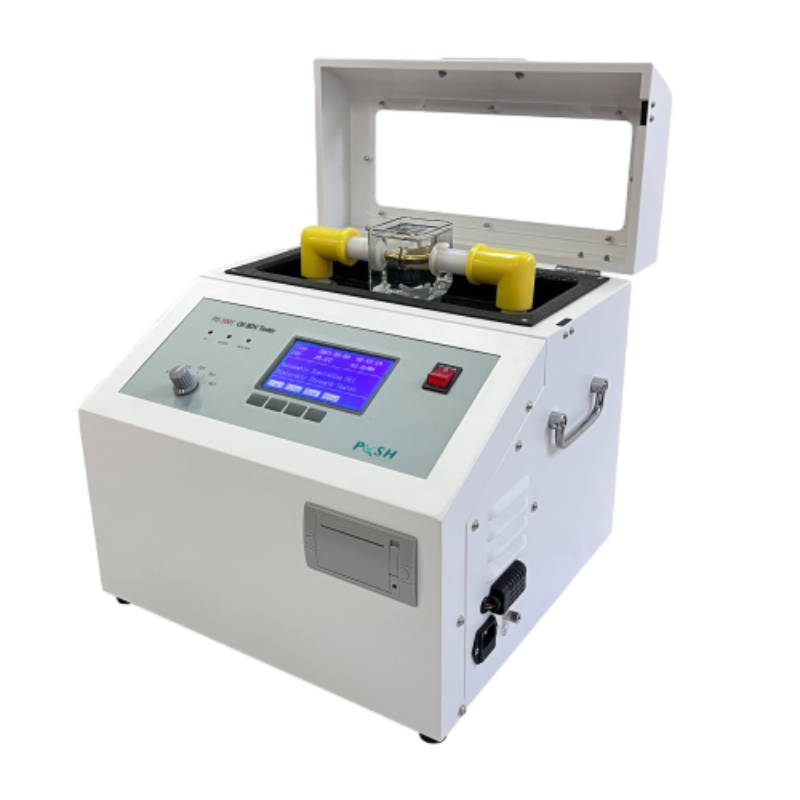 English
English



-
 Afrikaans
Afrikaans -
 Albanian
Albanian -
 Amharic
Amharic -
 Arabic
Arabic -
 Armenian
Armenian -
 Azerbaijani
Azerbaijani -
 Basque
Basque -
 Belarusian
Belarusian -
 Bengali
Bengali -
 Bosnian
Bosnian -
 Bulgarian
Bulgarian -
 Catalan
Catalan -
 Cebuano
Cebuano -
 China
China -
 China (Taiwan)
China (Taiwan) -
 Corsican
Corsican -
 Croatian
Croatian -
 Czech
Czech -
 Danish
Danish -
 Dutch
Dutch -
 English
English -
 Esperanto
Esperanto -
 Estonian
Estonian -
 Finnish
Finnish -
 French
French -
 Frisian
Frisian -
 Galician
Galician -
 Georgian
Georgian -
 German
German -
 Greek
Greek -
 Gujarati
Gujarati -
 Haitian Creole
Haitian Creole -
 hausa
hausa -
 hawaiian
hawaiian -
 Hebrew
Hebrew -
 Hindi
Hindi -
 Miao
Miao -
 Hungarian
Hungarian -
 Icelandic
Icelandic -
 igbo
igbo -
 Indonesian
Indonesian -
 irish
irish -
 Italian
Italian -
 Japanese
Japanese -
 Javanese
Javanese -
 Kannada
Kannada -
 kazakh
kazakh -
 Khmer
Khmer -
 Rwandese
Rwandese -
 Korean
Korean -
 Kurdish
Kurdish -
 Kyrgyz
Kyrgyz -
 Lao
Lao -
 Latin
Latin -
 Latvian
Latvian -
 Lithuanian
Lithuanian -
 Luxembourgish
Luxembourgish -
 Macedonian
Macedonian -
 Malgashi
Malgashi -
 Malay
Malay -
 Malayalam
Malayalam -
 Maltese
Maltese -
 Maori
Maori -
 Marathi
Marathi -
 Mongolian
Mongolian -
 Myanmar
Myanmar -
 Nepali
Nepali -
 Norwegian
Norwegian -
 Norwegian
Norwegian -
 Occitan
Occitan -
 Pashto
Pashto -
 Persian
Persian -
 Polish
Polish -
 Portuguese
Portuguese -
 Punjabi
Punjabi -
 Romanian
Romanian -
 Russian
Russian -
 Samoan
Samoan -
 Scottish Gaelic
Scottish Gaelic -
 Serbian
Serbian -
 Sesotho
Sesotho -
 Shona
Shona -
 Sindhi
Sindhi -
 Sinhala
Sinhala -
 Slovak
Slovak -
 Slovenian
Slovenian -
 Somali
Somali -
 Spanish
Spanish -
 Sundanese
Sundanese -
 Swahili
Swahili -
 Swedish
Swedish -
 Tagalog
Tagalog -
 Tajik
Tajik -
 Tamil
Tamil -
 Tatar
Tatar -
 Telugu
Telugu -
 Thai
Thai -
 Turkish
Turkish -
 Turkmen
Turkmen -
 Ukrainian
Ukrainian -
 Urdu
Urdu -
 Uighur
Uighur -
 Uzbek
Uzbek -
 Vietnamese
Vietnamese -
 Welsh
Welsh -
 Bantu
Bantu -
 Yiddish
Yiddish -
 Yoruba
Yoruba -
 Zulu
Zulu
transformer oil dielectric strength
Understanding Transformer Oil Dielectric Strength
Transformer oil, a vital component in the operation of electrical transformers, plays a critical role in ensuring the reliable functioning of electrical systems. One of its most important properties is dielectric strength, a key factor determining its effectiveness as an insulating medium. This article delves into the significance of transformer oil dielectric strength, factors affecting it, and the methods used to test and improve this property.
Dielectric strength refers to the maximum electric field that a substance can withstand without experiencing breakdown, which in the case of transformer oil would mean the loss of its insulating properties. A high dielectric strength is crucial for preventing electrical discharges, which can lead to catastrophic transformer failures, equipment damage, and potential safety hazards. In essence, transformer oil acts as a barrier, protecting sensitive components from electrical surges.
Several factors can influence the dielectric strength of transformer oil. One of the primary factors is the presence of impurities, such as water, particulates, and dissolved gases. These contaminants can significantly reduce the dielectric strength by creating pathways for electrical discharge. Therefore, maintaining the purity of transformer oil is vital for optimal performance. Regular testing and maintenance are essential for ensuring that the oil remains free of contaminants.
Temperature is another critical factor that can affect dielectric strength. As the temperature of transformer oil increases, its viscosity decreases, which can lead to improved oil circulation but may also reduce its dielectric strength. Consequently, it is important to monitor the operating temperature of transformers and make necessary adjustments to maintain an optimal environment for the oil.
transformer oil dielectric strength

Moreover, the aging of transformer oil over time can lead to chemical changes that diminish its dielectric properties. Oxidation and thermal degradation are common issues that arise as the oil ages, often resulting in the formation of sludge and acids. Such degradation not only impacts dielectric strength but can also contribute to the deterioration of insulation systems within the transformer. To combat aging, regular filtration and treatment processes are employed to restore the oil’s original properties.
Testing the dielectric strength of transformer oil is a crucial procedure in assessing its condition. The most common method of testing is the dielectric breakdown voltage test, which involves applying a steadily increasing voltage until the oil fails. The result, measured in kilovolts (kV), indicates the oil's dielectric strength. Standards set by organizations such as ASTM (American Society for Testing and Materials) and IEC (International Electrotechnical Commission) provide guidelines for these tests, ensuring consistency and reliability in measurements.
Improving the dielectric strength of transformer oil can be achieved through several approaches. One effective method is the use of oil purification systems, which remove impurities and enhance the oil's insulating properties. Additionally, adding certain additives can enhance performance, preventing degradation and improving overall dielectric strength. Research into synthetic transformer oils has also gained attention, offering promising alternatives with improved dielectric properties.
In conclusion, transformer oil dielectric strength is a crucial aspect of transformer operation and safety. Understanding the factors that influence this property, conducting regular tests, and implementing maintenance strategies are paramount in ensuring the reliability of transformers. As technology advances, ongoing research into oil formulations and purification techniques continues to enhance our understanding and management of transformer oil, thus contributing to more durable and efficient electrical systems. For engineers and maintenance personnel, prioritizing dielectric strength not only safeguards equipment but also enhances the overall performance of electrical networks, ultimately leading to greater system stability and safety.
-
Ensuring SF₆ Gas Safety: Introducing PUSH’s Integrated SF₆ Analyzer for Dew Point, Purity, and Decomposition MonitoringNewsJul.10,2025
-
Exploring the Main Types of Industrial Endoscopes and Their Applications Across IndustriesNewsJul.04,2025
-
Testing Equipment Industry Sees Major Advancements in 2025: Smart & Precision Technologies Lead the WayNewsJun.06,2025
-
Applications of Direct Current Generators in Renewable Energy SystemsNewsJun.05,2025
-
Hipot Tester Calibration and Accuracy GuidelinesNewsJun.05,2025
-
Digital Circuit Breaker Analyzer Features and BenefitsNewsJun.05,2025



